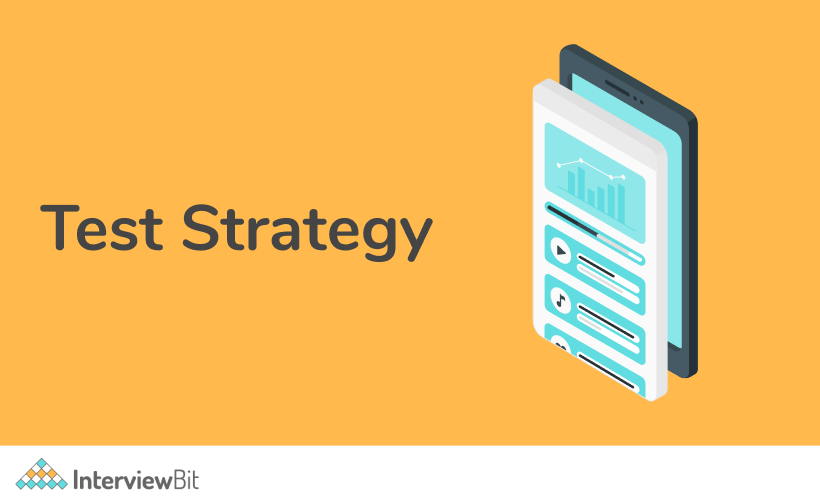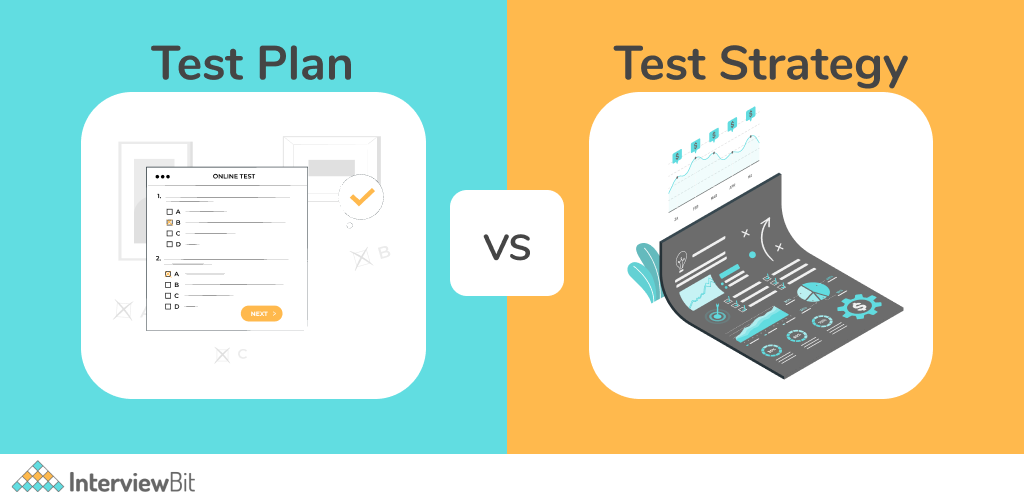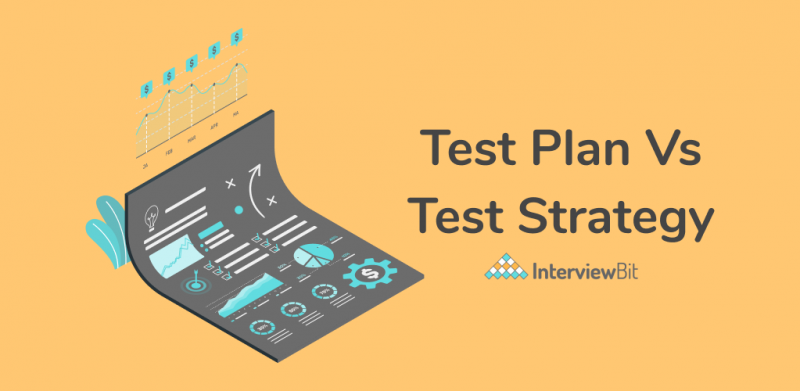Introduction
Imagine the following scenario – you have worked extremely hard alongside your team of developers on the design and development of a product over a period of many years. While developing your product, there has been a great deal of effort put into following all the right steps and procedures that should be followed. A day finally comes when you can finally release your product, and you are very excited to see it out there. The users, however, discover a lot of bugs and errors once the software is released. It is depressing to be in this situation and you often find yourself asking, “How could this have been avoided?”
Well, the answer is quite simple – software testing is what you need to do. Software Testing is the process of comparing the final product to the expected requirements to determine if they match, as well as doing tests to find any product flaws such as bugs, gaps, or unmet criteria. It can also lead to a reduced overall cost of the software. This method involves aspects like observation, examination, analysis, and evaluation of the product. During the course of Software Testing, two important terms are often used in the context of the process, namely, the terms ‘Test Plan’ and ‘Test Strategy’. In many cases, these two terms are misinterpreted and used interchangeably, which can lead to confusion. Let’s take a look at what the terms actually mean and what test plan vs test strategy is, so we can prevent this from happening.
What is a Test Plan?

A Test Plan is a document that describes the various actions that will be carried out in the testing process – ranging from a strategy for development to error detection criteria in detail. This document also specifies the methods to resolve any risks detected. It defines the approach, assets, and time schedule of the planned testing activities. It identifies the scope and objective of the software testing process, the various features that need to be tested, tasks that need to be carried out during testing, techniques used to design the tests, and so much more. Basically, it records the whole process of planning tests that need to be carried out on the product.
Confused about your next job?
Types of Test Plans
- Level-Specific Test Plans – These types of plans are created for each level or type of testing (Unit level, Integration level, system level, and Acceptance level).
- Type-Specific Test Plans – These are detailed type plans created for a specific type of test, like functional test plans, performance test plans, and so on.
- Master Test Plan – It is a single high-level document, which comprises the product’s goals and objectives. It encases all the other test plans of the product.
Test plans are essential because they serve a lot of purposes. They make sure that you and your team are concordant at all times. They act as a guide and ensure that your final product is error-free and meets expected requirements. They also help other individuals who aren’t part of your team, to understand the testing process. Since test plans detail everything regarding the testing process, they can be easily reviewed and re-used for testing similar products. These are built by test managers or test leads taking into account the input from team members. One important aspect to test plans is that they can constantly change and can vary from one product to another.
What is Test Strategy?

A Test Strategy is a set of instructions, guidelines or principles that determine the test design and how the testing process will be carried out. It sets the testing process standards. Documents like test plans derive their content from the test strategy document. It can comprise of the principles used to detail the scope and overview of the testing process, testing methodology, specifications for the testing environment, tools used for testing, release control, risk analysis and mitigation, review and approval of a product before its official release.
Types of Testing Strategies
- Analytical Strategy – This is used to perform testing that is based on requirements. These requirements are further analyzed to derive conditions for testing. Finally, the tests are designed and carried out as per these requirements.
- Model-Based Strategy – This strategy is implemented when the testing team selects the current situation and develops a test model for it, on the basis of inputs, outputs, tasks, and possible behaviours.
- Methodical Strategy – This strategy allows test teams to follow a predefined set of testing conditions. This incorporates checklists in precise testing types.
Standard Compliant or Process Compliant Strategy – In this test strategy, a set of guidelines is laid out by a panel of industry specialists, and the test engineer must follow these procedures. - Reactive Strategy – Here, we can design and execute tests only when the final software is developed and delivered. The testing in this strategy is based on the defects that are identified in the existing product.
- Consultative Strategy – This strategy is used in order to take inputs from key stakeholders and to choose the test conditions scope.
- Regression-averse Strategy – In this, the test engineer gets to emphasize the decreasing risks of regression, for various product shares.
The main objective behind a test strategy is to ensure that all the predefined purposes are fully covered and understood by the stakeholders. These guidelines are set by the project manager.
Key Differences
Now that we have understood what a test plan and a test strategy is, we can focus on the difference between a test plan and a test strategy. But before jumping off the deep end with the detailed differences, let’s first take a look at the key differences between the two. A test plan answers the “how” questions when it comes to testing. As in, how the test strategy will be executed. Whereas, a test strategy deals with the “what” aspects. This includes questions like ‘what are the objectives of the testing process?’, ‘what is the scope of the testing process?’, and so on. A test plan varies from project to project, whereas a test strategy is used at an organizational level. A test plan is drafted by the test manager or test lead whereas the test strategy is drafted by the project manager. Also, the details of a test plan vary and are dynamic, but that of a test strategy remains relatively more static.
Difference Between Test Plan and Test Strategy

Since we have seen what the key differences are, it’s time to focus on the detailed difference between the test plan and test strategy. We have to remember that these differences are subtle in nature.
| Parameter | Test Plan | Test Strategy |
|---|---|---|
| Definition | A test plan is a document that encompasses the scope and different activities involved in the testing process. | A test strategy is a high-level document that encompasses guidelines and principles involved in carrying out the testing process. |
| Goal | The primary goal here is to define how to test a product, what to test it on when to test it, who will test, and who will verify the results. | Here, the primary goal is to define the principles to be followed during the testing process. |
| Purpose | It is done to identify possible inconsistencies in the final product and mitigate them through the testing process. | It is a plan of action of the testing process on a long-term basis. |
| Level | It is used on a project level only. | It is used on an organizational level. |
| Repetition | It is used by one project only and is very rarely repeated. | It is used by multiple projects and can be repeated a lot of times. |
| Change Susceptibility | It is a dynamic document and can be changed repeatedly depending on testing specifications. | It can not be changed since it is a static document. |
| Components | Its components include – test plan ID, features that need to be tested, techniques to be followed, testing tasks, pass or fail criterion, schedules, etc. | Its components include – objectives and scope, documentation, test processes, etc. |
| Performed by | Usually, a testing manager or lead creates a test plan that outlines how to test, when to test, who will test, and what will be tested. | A test strategy is developed by the project manager as part of the testing process. The document specifies what type of technique to use and which modules should be tested. |
| Scope | It thoroughly defines the whole testing activities. | It only focuses on high-level test methods and strategies. |
| Derivation | It is derived with the help of Use case documents, software requirement specification documents, and product description documents. | It is derived from the business requirement specification document. |
| Existence | A test plan is usually found to exist individually. | A test strategy can be a part of test plans, in some cases like smaller projects. |
| Basis | It is based on testing strategies. | It is based on standards that have been pre-defined. |
| Types | Level-specific test plans, type-specific test plans, and master test plans are the different types of test plans. | Analytical strategy, model-based strategy, methodical strategy, standard-compliant strategy, reactive strategy, consultative strategy, and regression-averse strategy are the different types of test strategies. |
| Influence | It affects only a single project at a time. | It affects many projects at a time. |
| Narration | It narrates the common specifications in the testing of a particular project. | It narrates the approaches in testing. |
Conclusion
The difference between test plan and test strategy is a very common source of confusion amongst QA aspirants. The above sections have covered how the two are different, on the basis of various aspects. On the basis of everything that we have learned so far, it is evident that both documents are an extremely integral and equally important part of any project. When executed properly, the result of this testing process will be a product of top quality. However, if any steps are skipped, there are chances that the final product may still be ridden with bugs. So, possessing the knowledge on how to differentiate between the two will help you go a long way.
FAQs
Q.1: How do you write a test plan and test strategy?
Ans: To write a test plan, the following steps need to be followed –
- Product analysis
- Test strategy design
- Test objectives definition
- Test criteria definition
- Planning of resources
- Test environment planning
- Scheduling and estimation
- Test deliverables determination.
The steps to writing a test strategy are as follows –
- Definition of the scope of testing
- Identification of testing type
- Documentation of risks and issues
- Creation of test logistics
Q.2: What comes first, test plan or strategy?
Ans: The test strategy is made before the test plan is drafted.
Q.3: Who prepares the test strategy and test plan?
Ans: The test strategy is prepared by the project manager, while the test plan is prepared by the testing manager or the testing lead.
Additional Resources
- Software Testing MCQ
- Types of Software Testing
- Software Testing Interview Questions
- Testing Tools
- Manual Testing Tools
- Automation Testing Tools
- API Testing Tools
- Performance Testing Tools
- Principles of Software Testing
- Automation Testing Interview Questions
- Selenium Interview Questions
- Principles of Software Testing
- Difference Between Testing and Debugging
- How To Become A QA Engineer?
- Difference Between Alpha and Beta Testing
- Smoke vs Sanity Testing




